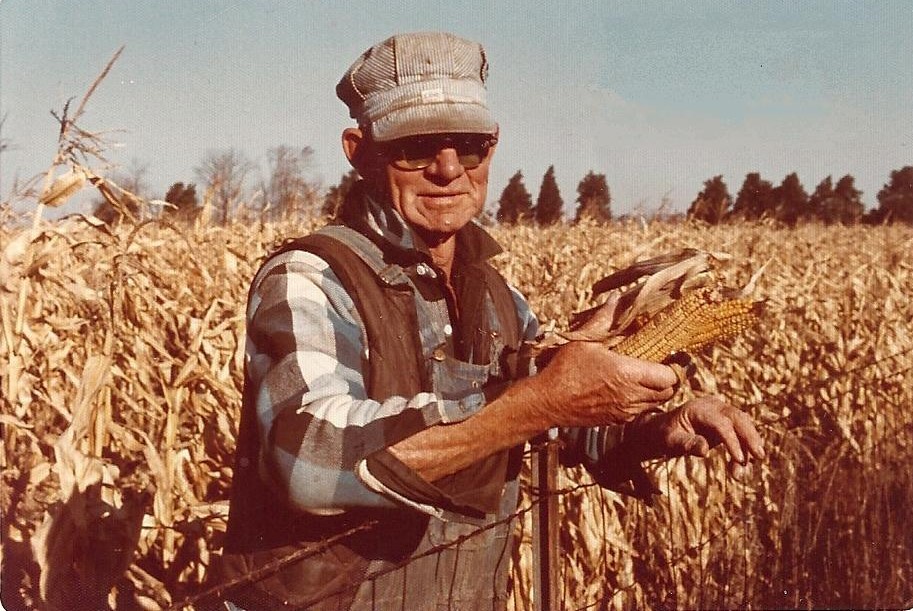What Was It?
 “I got down on my hands and knees on the bank, and I could see a marrow line around the edge of this, and I said, ‘Boys, that’s a bone. That’s a really big bone,” John told ABC5. But little did he know that the discovery was not going to end there. That was just the starting.
“I got down on my hands and knees on the bank, and I could see a marrow line around the edge of this, and I said, ‘Boys, that’s a bone. That’s a really big bone,” John told ABC5. But little did he know that the discovery was not going to end there. That was just the starting.
The Treasure
 When John dug up and reached the bone, it was not just a normal bone but the leg of a creature too large to even imagine. The knee joint of the leg was in itself as huge as a soccer ball. What creature could it possibly be that no one had ever heard of or seen?
When John dug up and reached the bone, it was not just a normal bone but the leg of a creature too large to even imagine. The knee joint of the leg was in itself as huge as a soccer ball. What creature could it possibly be that no one had ever heard of or seen?
Other Bones
 Apart from the leg, the family had also discovered floating and thoracic ribs, feet bones, phalanges and pieces of vertebrae. And they were all combined and came out as the skeleton of an ice-age mammoth, of a very unique species.
Apart from the leg, the family had also discovered floating and thoracic ribs, feet bones, phalanges and pieces of vertebrae. And they were all combined and came out as the skeleton of an ice-age mammoth, of a very unique species.
The Mammoth
 The mammoth whose skeleton had been discovered in various pieces was believed to be of the species that was at least 12000 years old and was extinct by the end of the last ice age. It was an ancient woolly mammoth’s femur, one of the hulking beasts that use to roam in the region of Iowa during ice-age.
The mammoth whose skeleton had been discovered in various pieces was believed to be of the species that was at least 12000 years old and was extinct by the end of the last ice age. It was an ancient woolly mammoth’s femur, one of the hulking beasts that use to roam in the region of Iowa during ice-age.
Largest Ever
 The family had discovered the largest deposits of ice-age mammoth bones that have ever been produced. John was more than excited about the discovery because he always had an interest in archeology and what could be more precious than what he had just found?
The family had discovered the largest deposits of ice-age mammoth bones that have ever been produced. John was more than excited about the discovery because he always had an interest in archeology and what could be more precious than what he had just found?
The Co-incidence
 Finding skeletons or bones of ancient animals was not something abnormal or unusual in Iowa. What was unique was that so many bones of the same animal were found in the same place, all in pieces but nearby each other?
Finding skeletons or bones of ancient animals was not something abnormal or unusual in Iowa. What was unique was that so many bones of the same animal were found in the same place, all in pieces but nearby each other?
